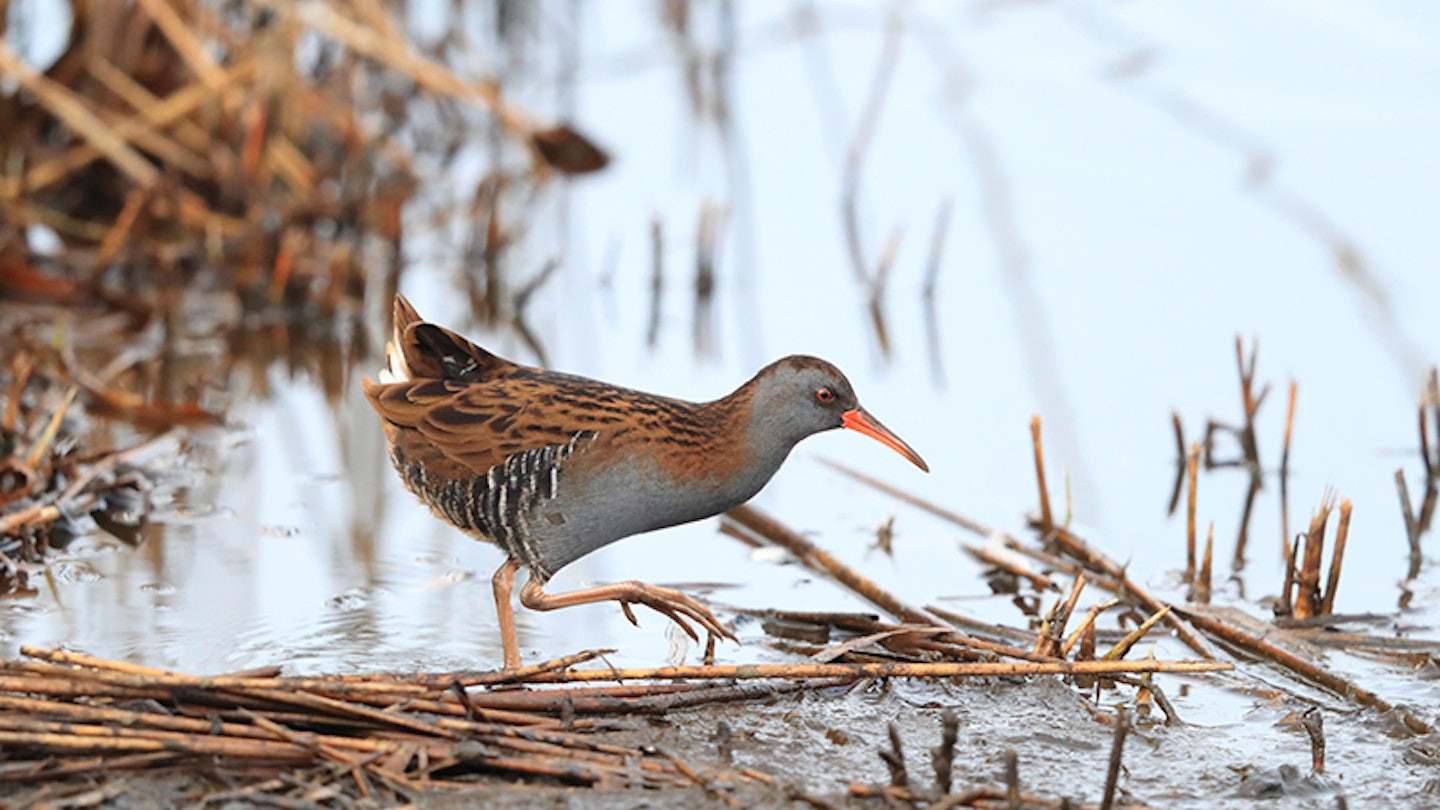Now we come to the absolute peak of the birding year (although late April and May could claim to wear that crown, and perhaps so could September). Well, October is still a great month for birding. And here are a smattering of great birds that with a little effort you could well see this month. Good luck.
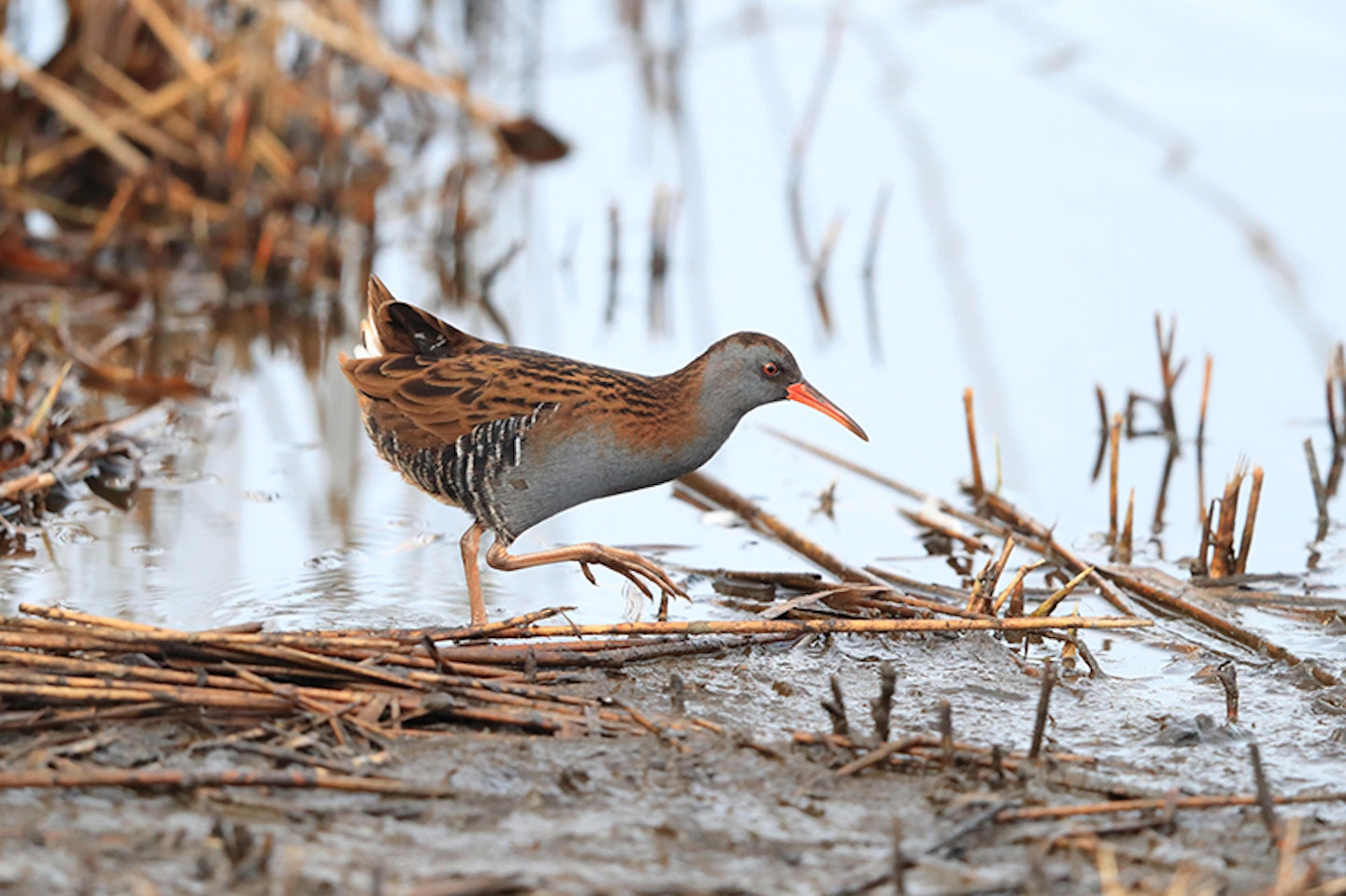
Water Rail
Probably because of its habit of living concealed within dense reedbeds and staying hidden, official UK Water Rail breeding numbers seem extraordinarily low, with only 1,100 pairs supposed to be nesting. There just must be more and the bird is crying out for a thorough census. Such a census would mainly concentrate on sounds, as Water Rails are noisy birds, and produce a wonderful array of strange vocalisations, the most familiar being a piglet like squeal, where higher notes mix with deep growls. Scan the edges of reedbeds (especially where very shallow and especially at dawn and dusk) and you may be lucky enough to set eyes on one or more of these beautiful birds creeping along the edge, easily identified by the small size, long red bill and barred flanks.
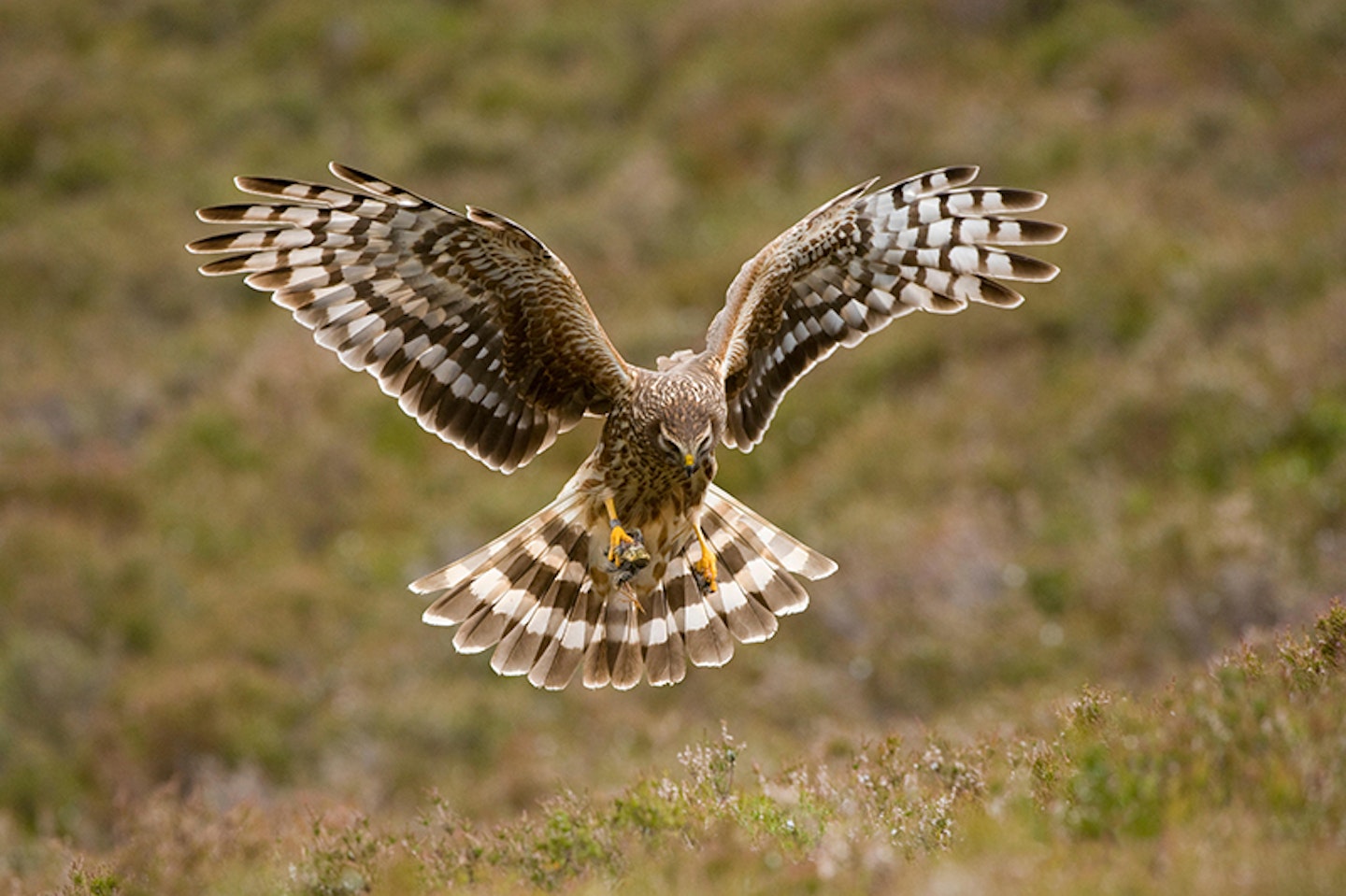
Hen Harrier
Like the Short-eared Owl featured as Bird of the Month, the Hen Harrier is a northern and western upland breeder which disperses south and east (supplemented by continental birds) for the winter, often turning up around this month. Infamously, it is one of our most persecuted birds, its 600 or so breeding pairs being a fraction of the potential population, especially in northern England where illegal persecution by moorland gamekeepers is just about routine. But try to forget that and enjoy these charismatic birds for what they are, which is superb! They enjoy similar habitat to Short-eared Owls outside the breeding season, hunting over farmland, rough pasture, fenland, coastal marshes etc, and are often seen coming in to communal raptor roosts (usually as it is getting dark). Males are pale grey with black wing tips and a white rump. Females and youngsters are brown and streaky with also with a white rump contrasting with the black and brown banded ‘ring tail’.
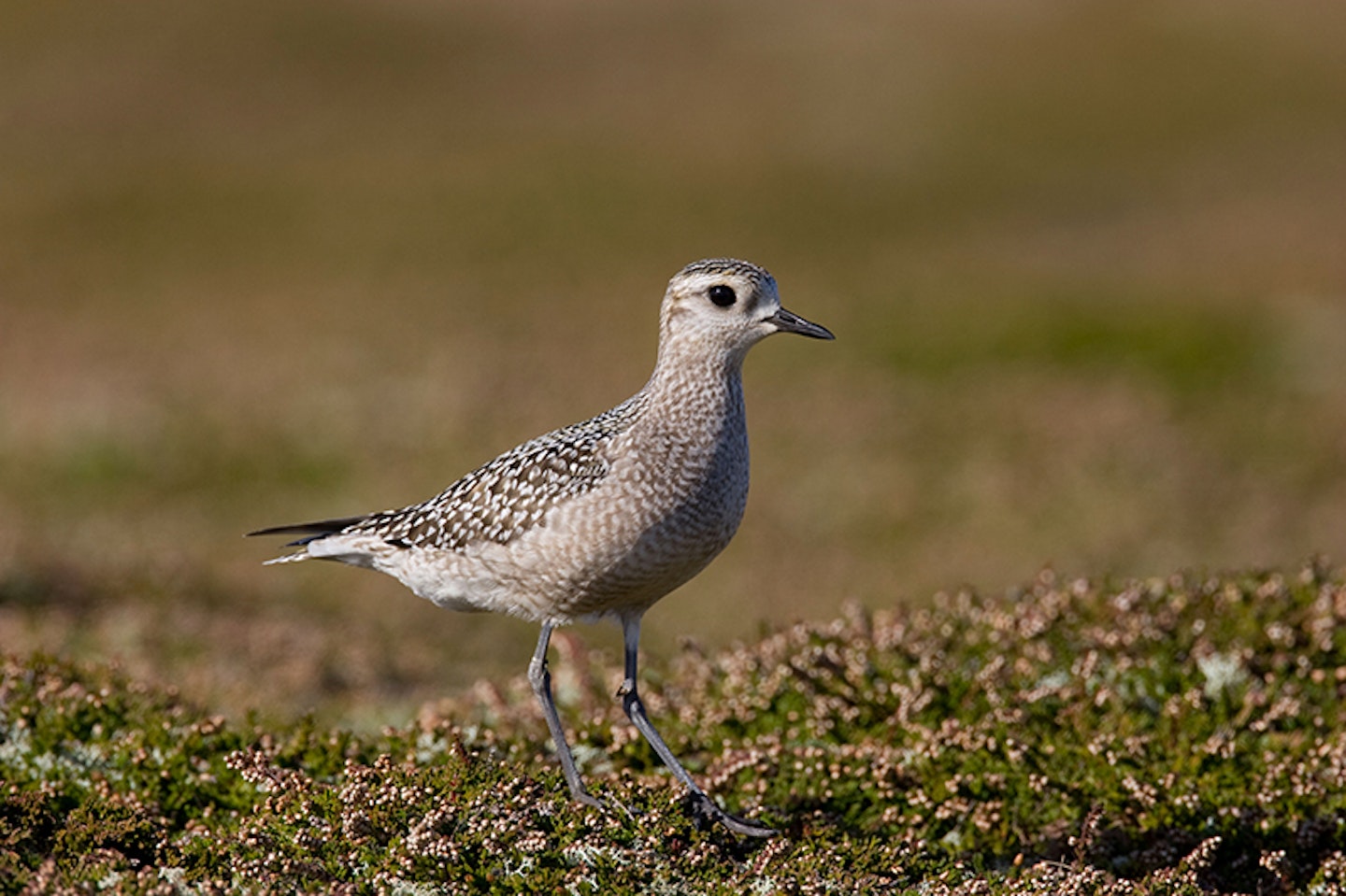
American Golden Plover
The American Golden Plover is rare but regular visitor from North America. Together with the similar Pacific golden Plover, the two smaller golden plovers used to be ‘lumped’ as Lesser Golden Plover. Now, we know better. Juveniles are greyer than Golden Plovers (and indeed Pacific GPs), with a prominent white supercilium (pale eyebrow). Moulting adults are also darker than the equivalent Golden, and also have a strong white supercilium. The grey axillaries (‘armpits’) are a useful characteristic. Telling them from the rarer PGPs is mainly about structure, including wing length, leg length and bill shape.
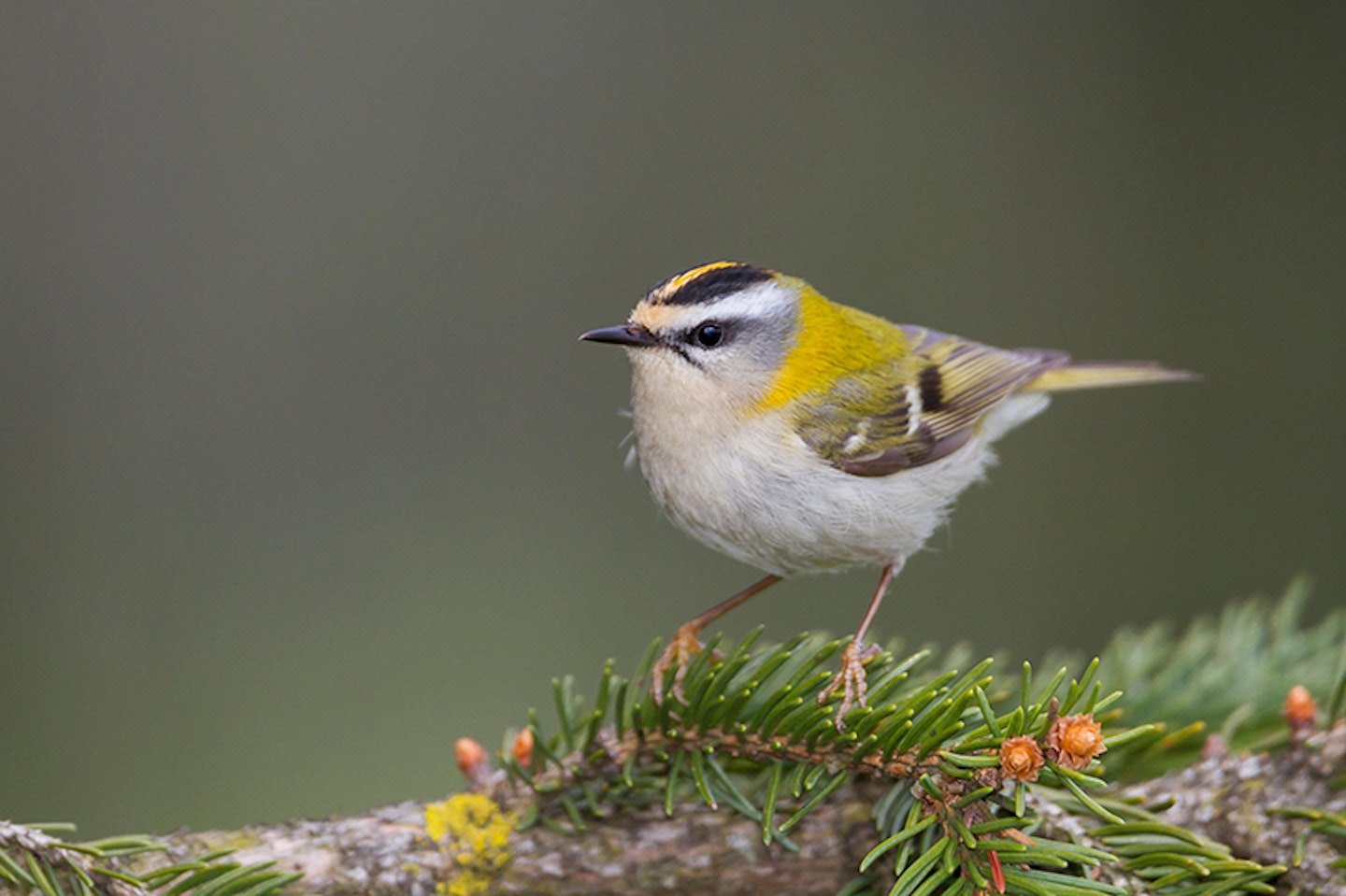
Firecrest
Basically as small as a Goldcrest, the Firecrest wins extra glory by being immensely pretty. The overall plumage is brighter than the Goldcrest’s but it is the golden shoulders and the striking face pattern which gives the Firecrest more than an edge over its close cousin. There are now probably more than 1,000 pairs breeding in the UK, but many of us encounter them as passage birds in the autumn (and spring), when they may tag along in roving tit flocks. Any time you see a Firecrest it is a good day.
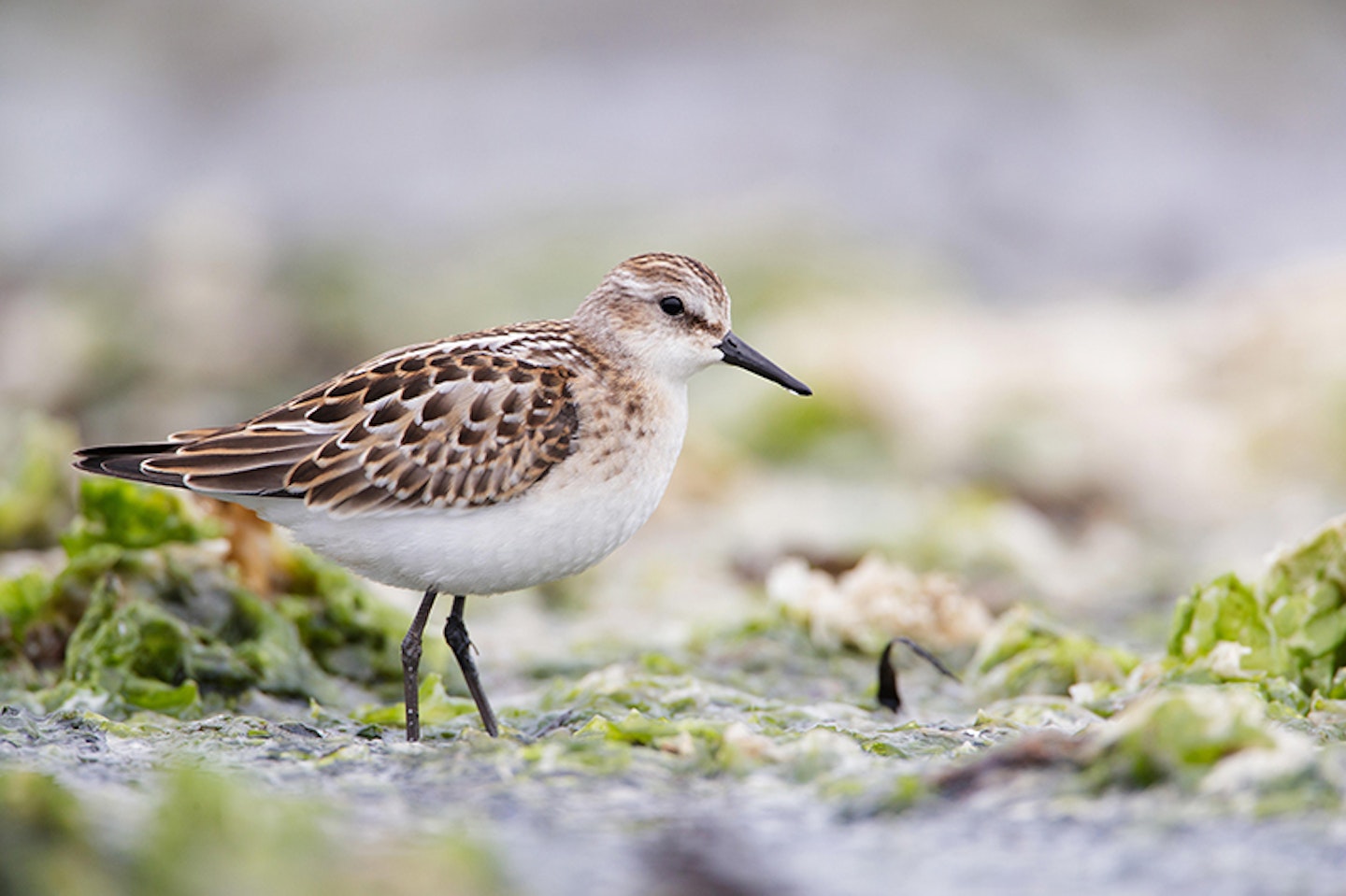
Little Stint
The name says it all, this is a titch of a bird. Little Stints even make Dunlin look big (well notably larger, at least). They are hyperactive, cute little waders, with a short straight bill and restless perky gait on black legs. Most Little we seen in the UK are neat juveniles, with a pale spit supercilium, and pale Vs on the neatly fringed back/wing feathers.
